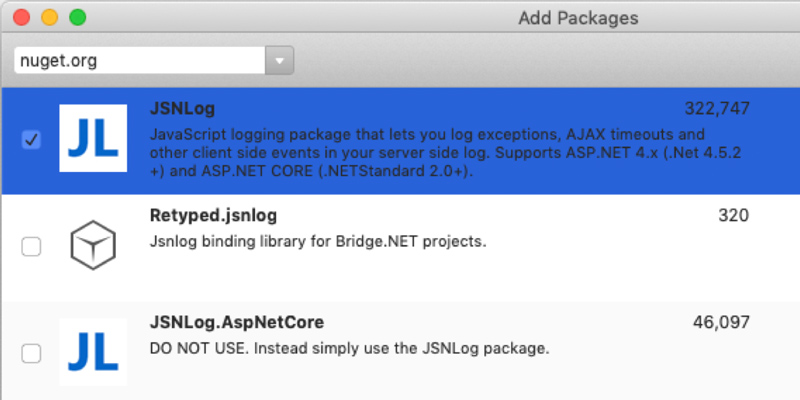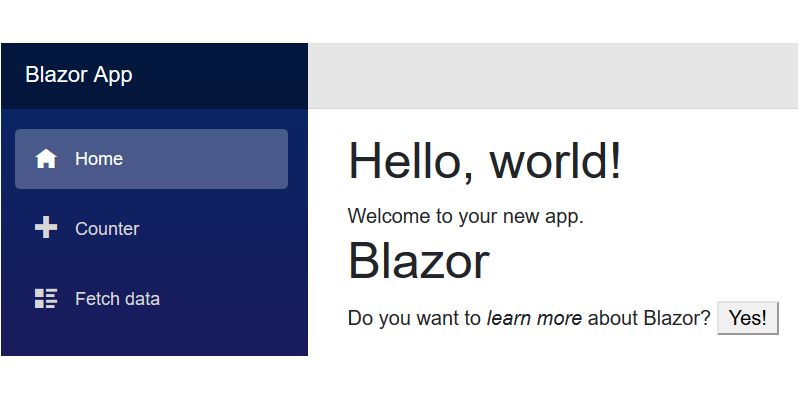Author: Chad Michel

Vue.js: An Introduction
I have written a few blog posts on Angular in the past, mostly because it’s a framework I leverage quite often and am usually very pleased with how it works. But Vue.js is another framework that I’ve been playing around with lately, so I wanted to quickly write down some of my initial thoughts on…
Read more…

Client-Side Logging: Getting Started
As software developers, we have become pretty good at logging server-side errors. When something blows up on the server, it gets logged to a file, database, or somewhere we can look at later. But what about errors that happen on the client side? What about an event occurring at the browser that we want to…
Read more…

Blazor in Official Preview and Other Fun Things to Come from Microsoft Build 2019
Microsoft recently put Blazor into official preview. If you’ve never heard of Blazor, it started as a proof-of-concept project by Steve Sanderson with the goal to build a client web UI framework based on .NET and WebAssembly. With Blazor, we get the ability to run C# in the browser instead of JavaScript. Hence C# all…
Read more…

Azure API Management
For much of the work we do, we end up with APIs in the cloud. In the .NET world, this often means hosting a WebAPI in the cloud. With WebAPIs, we usually have endpoints that are accessible to anyone who can connect to the API. These APIs can have other requirements such as authentication, scalability,…
Read more…

Design and Development Clinic Review – April 2019
Doug Durham and I recently completed another Software Design and Development Clinic. This week-long set of classes is designed to help level up software developers into senior developers. For us leading the classes, the week is always exhausting but they’re still one of my favorite weeks of the year. Leading even a small group of…
Read more…

Setting Up Mobile Badges: Two Methods
We all know those badges on mobile applications, the ones that show a number on application icons and, for many, cause anxiety. If you are like me and get lots of emails, you have seen 300+ of them from time to time. But what many don’t know is how those badges get their numbers. While…
Read more…

Quick Look – Azure Functions
Azure Functions are an excellent and highly-scalable application development platform in the Azure ecosystem. They also provide a lot of triggers that can be used to invoke those Functions, which allows you to use them as the basis for your application programming. For Amazon Web Services (AWS) developers, Azure Functions are very similar to Lambdas….
Read more…

Using Azure Active Directory B2C with Angular
In my previous Azure B2C post, we used Azure Active Directory B2C with an ASP.NET backend. Microsoft makes this a pretty seamless experience. You configure your Azure B2C application and then configure your ASP.NET web application. That’s it! But what if you want to use an Angular frontend? Using Azure B2C with Angular is similar…
Read more…

Earned Value
Are we there yet? Anyone with kids has probably heard this during a long car trip. Anyone in the software industry has probably heard this too. Software development projects can be huge investments of time and energy, and often weeks can go by without showing a lot of return on that investment. We often try…
Read more…

Developing Locally with Azure Cosmos DB
Azure Cosmos DB is a fantastic technology. It provides a very robust document database with multiple query languages supported. But as with many cloud technologies, it has the problem of only being able to run from the cloud (obviously). Thankfully, some cloud technologies – like Cosmos DB – can be run on the ground, on…
Read more…